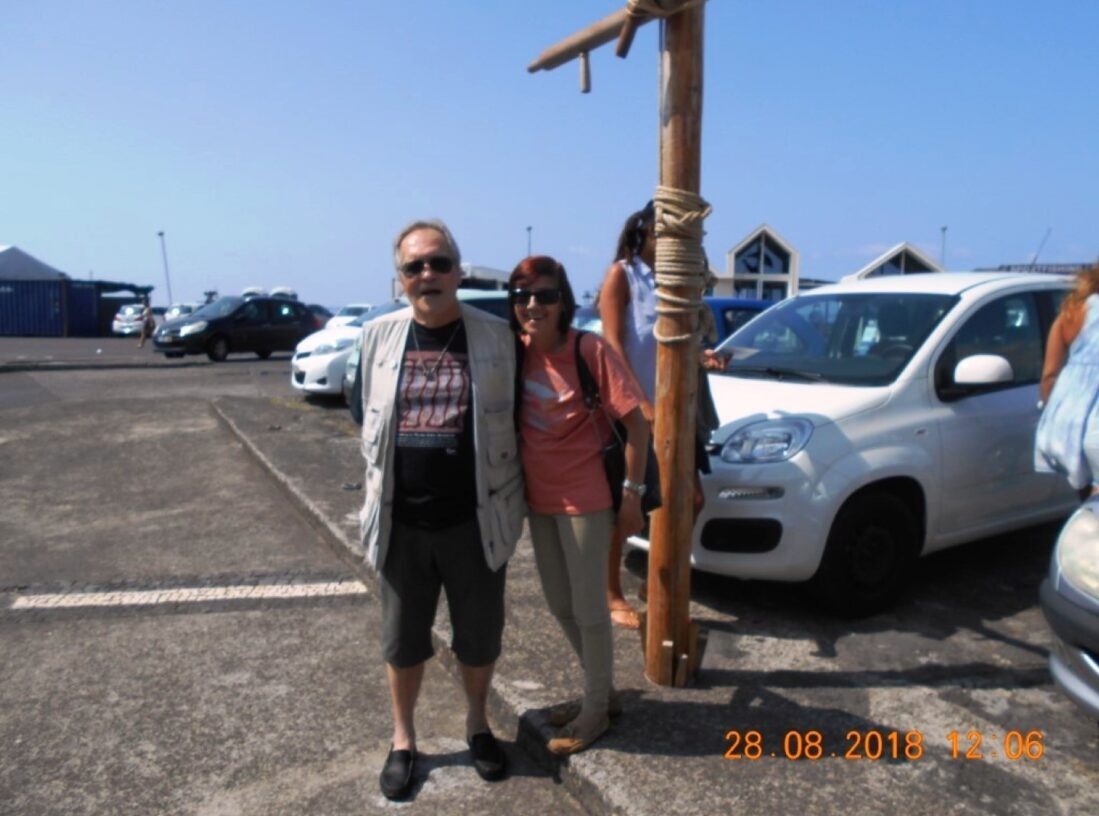Views: 0
https://www.facebook.com/reel/2147109002338909

Views: 0
https://www.facebook.com/reel/2147109002338909
Views: 0

Views: 0
A video shared by Indian startup Swaayatt Robots shows an adventurous self-driving SUV navigating the hectic streets of Bhopal, India.
Views: 0
É possível transformar a energia da sua casa com apenas um ingrediente.
Source: Deve ter sempre uma folha de louro à porta de casa. Saiba porquê
Views: 5

Views: 0
 José Soares
José Soares
Insólitos
Em plena época dos três III – Idade da Informação Instantânea – onde o mundo se tornou numa família da comunicação, ainda acontecem casos que ultrapassam a razão, o raciocínio humano e até chegam a ser dignos de romances de ficção em que Charles Dickens iria certamente inspirar-se. Mesmo na nossa língua, temos Jorge Amado, com Zeca Diabo como personagem. O Perfeito que quer inaugurar o cemitério novo, mas não tem mortos. Encarrega e encomenda a morte de um qualquer cidadão menos vistoso e pronto. Já pode inaugurar o dito cemitério, porque as eleições se aproximam e tinha que mostrar obra feita.
Aqui, nesta terra do Arcanjo, vamos mais longe e inovamos…
Tenho comigo provas incontestáveis de um insólito caso onde os mortos não têm descanso. Aqui vai a dita cuja raridade, que só posso contá-la em abstrato por agora, dado que as famílias envolvidas podem querer enveredar pela via judicial.
Numa freguesia do norte desta Ilha de São Miguel, Fenais da Ajuda, faleceu um cidadão nos finais da década de noventa do século vinte. Foi a enterrar no cemitério da freguesia em campa pública. Lá ficou até que em 2011, uma sua filha decidiu comprar o sepulcro onde o pai se encontrava. Foi-lhe passado Alvará, com o número da campa e devidamente assinado pelo presidente da Junta de Freguesia e pelo qual a filha pagou 750 euros.
Com a visita de vários filhos este ano ao cemitério para homenagearem o pai, deparam-se com outra pessoa sepultada na campa. Verificam o número e falam com o presidente da Junta de Freguesia, o qual assume o erro, mas nada pode fazer porque a família do recentemente enterrado na mesma campa também pagou pelo talhão. Além disso, acrescenta o presidente da Junta de Freguesia, os ossos não duram mais de trinta anos, pelo que já nada restava do anterior, olvidando este autarca que a campa havia sido paga, segundo consta do seu Alvará.
A mesma campa foi vendida pela Junta de Freguesia duas vezes, contra todos os requisitos legais.
A primeira família que comprou a campa, vai agora recorrer ao Ministério Público, por crime de profanação de sepultura, entre outros.
Podem existir aqui vários crimes a que a Justiça se encarregará de averiguar. É mesmo possível que o Tribunal de Contas tenha curiosidade em verificar o andamento administrativo e contas públicas desta Junta de Freguesia.
Perguntamos: Se um presidente de junta de freguesia, não é capaz de administrar um cemitério segundo os critérios da lei, da ordem e do respeito pelos mortos, como pode estar à frente da administração de uma freguesia?
A saga continua…
jose.soares@peixedomeuquintal.com
Views: 0
https://www.facebook.com/reel/2202915576724723
Views: 0
https://www.facebook.com/reel/2156316091403564
Views: 0
https://www.facebook.com/reel/2344039719137604